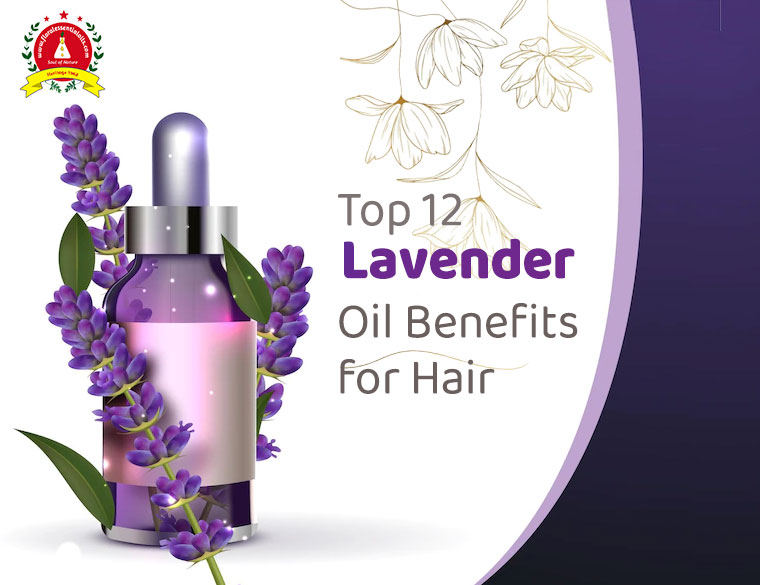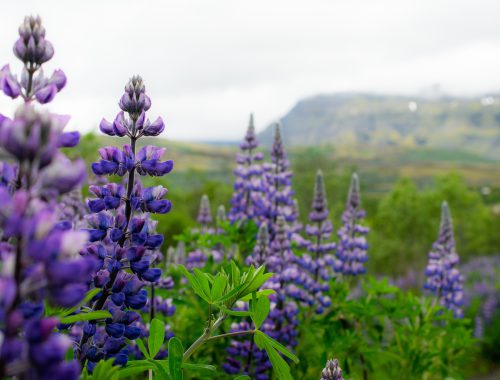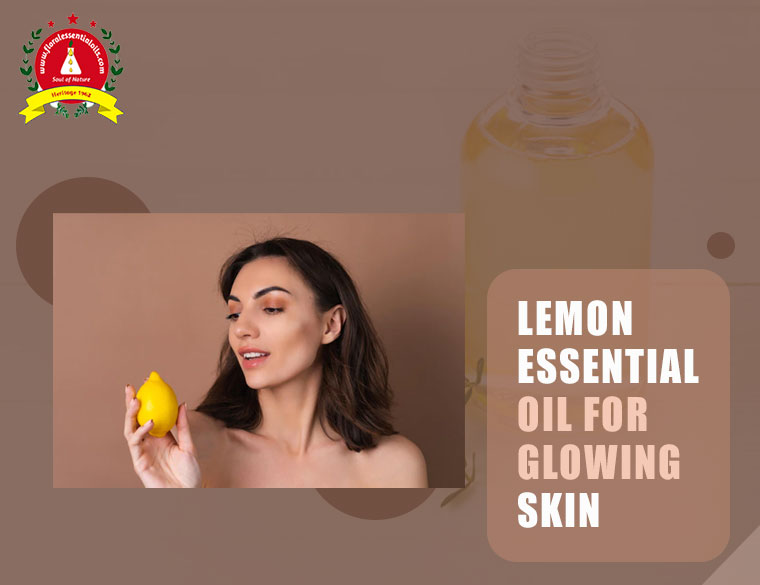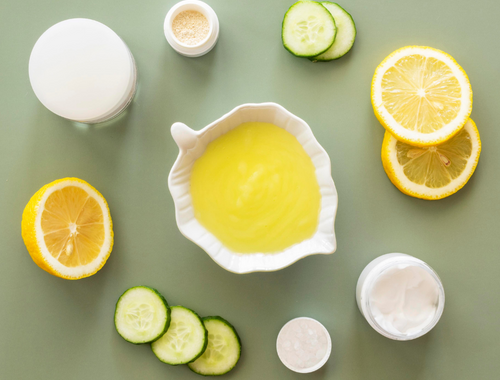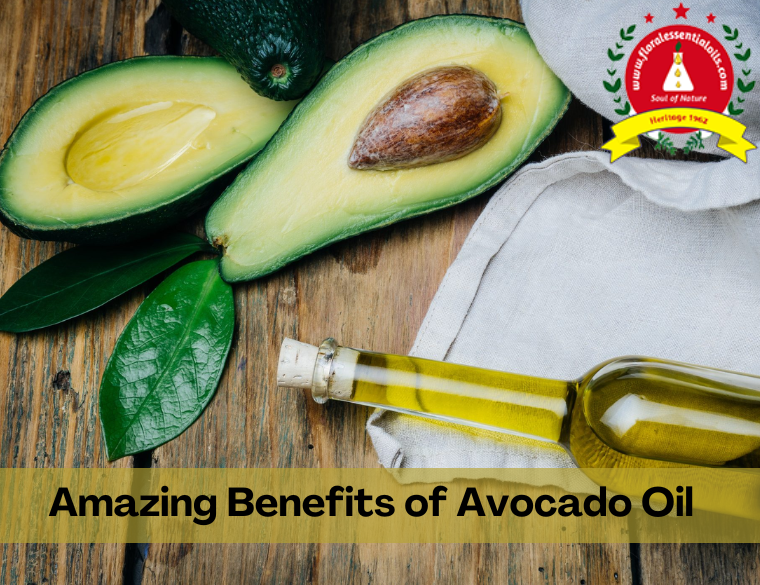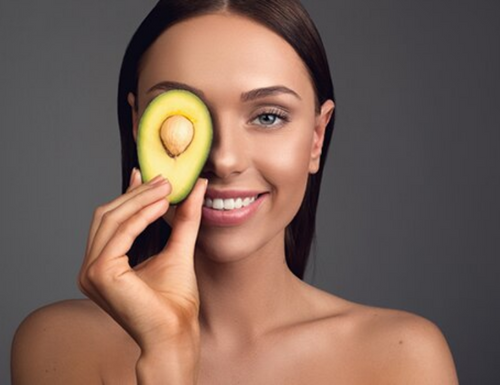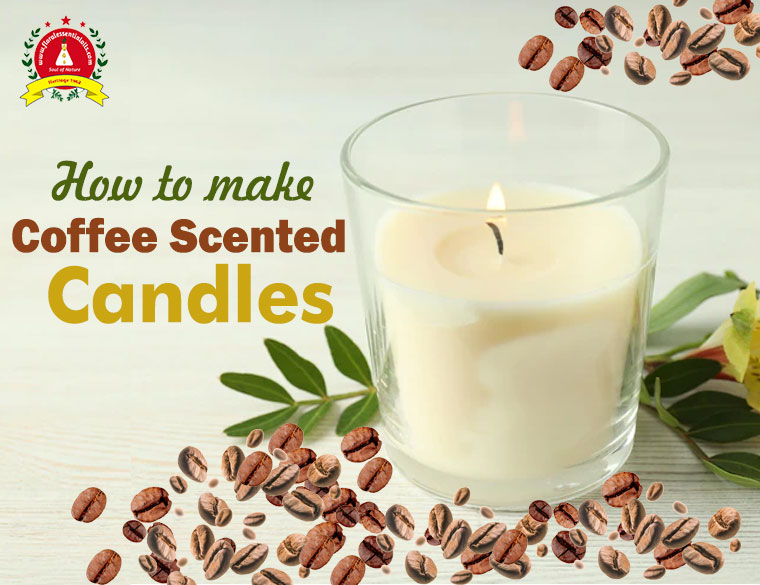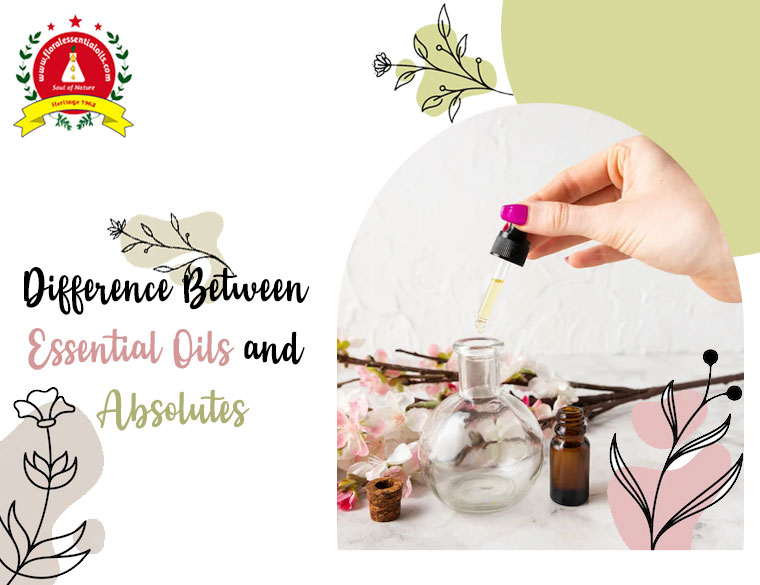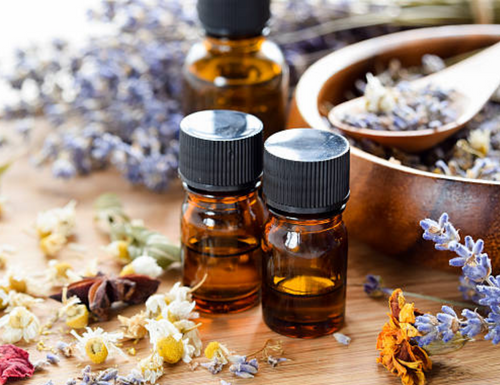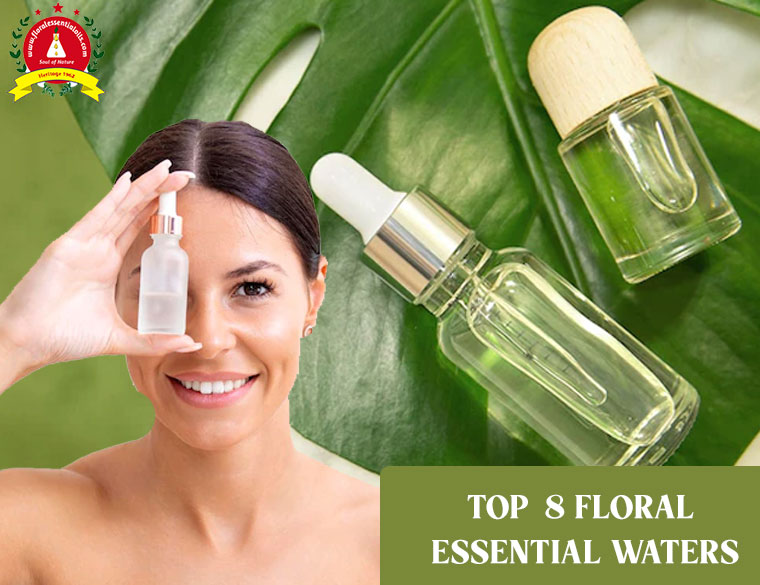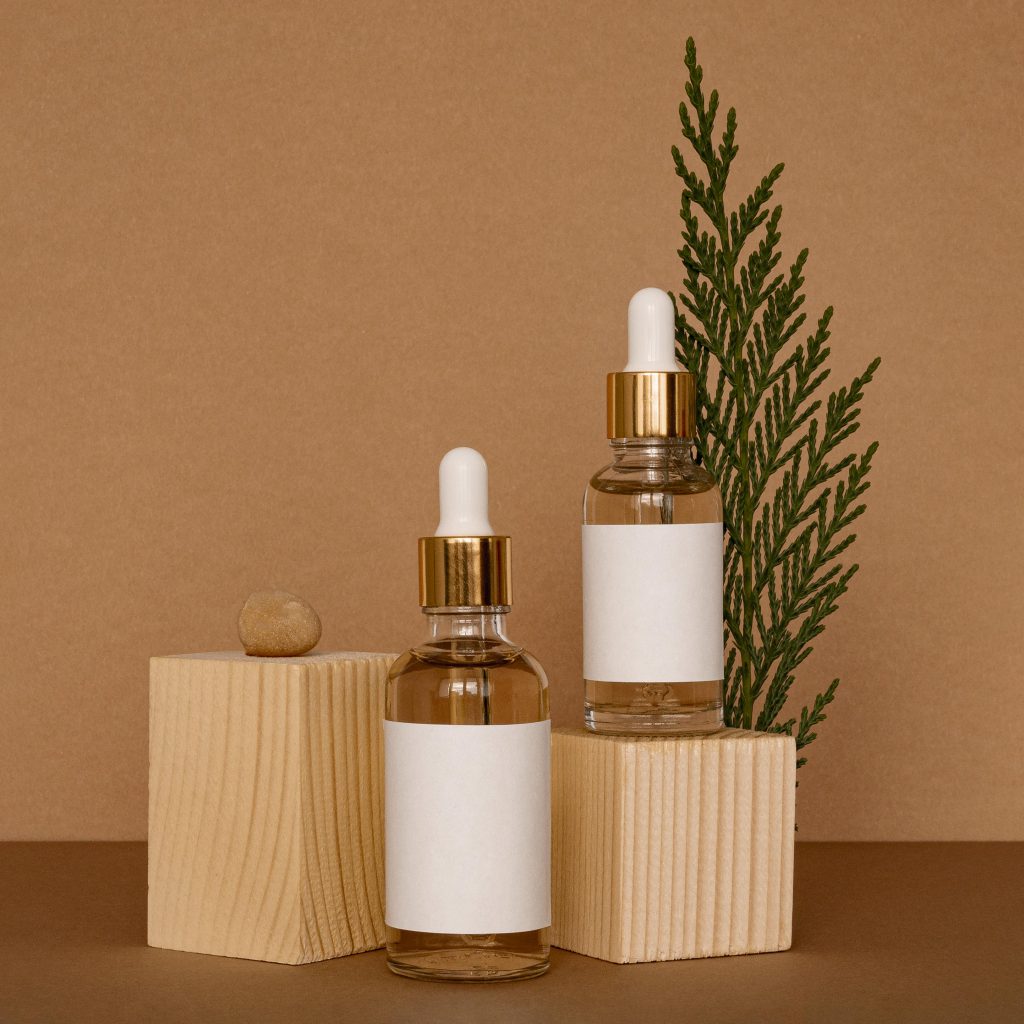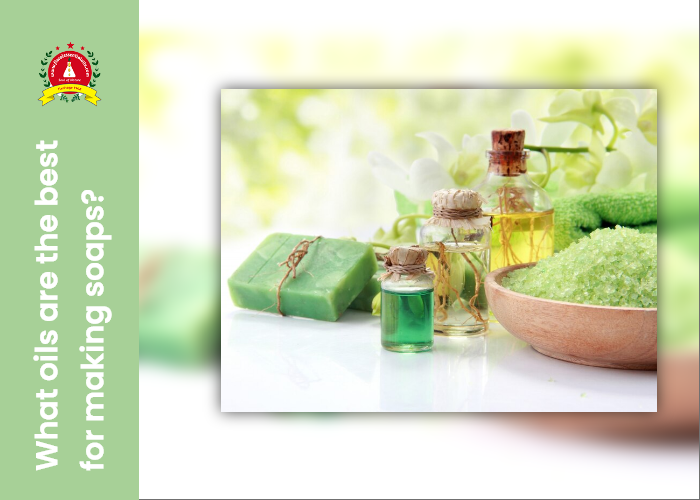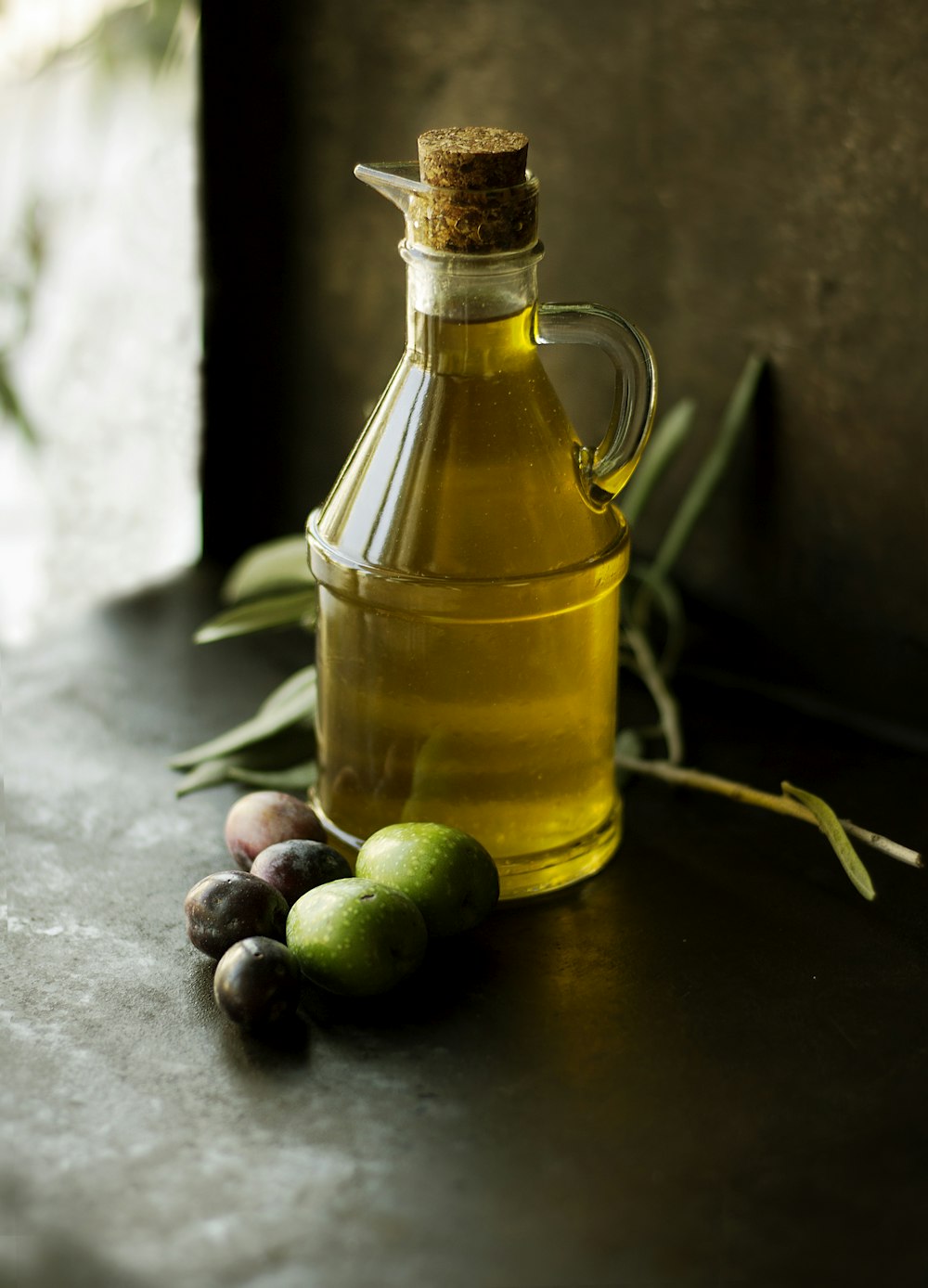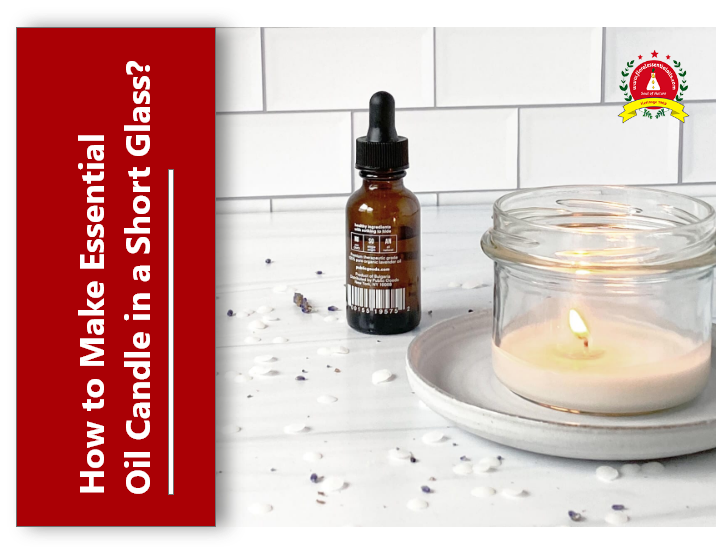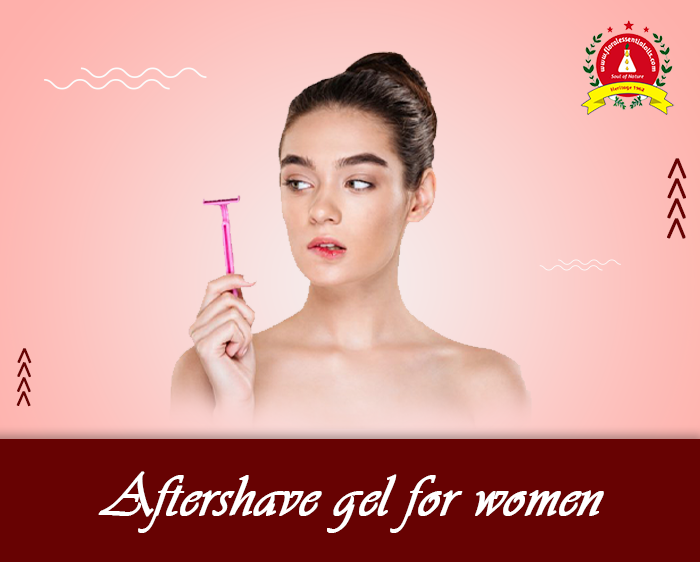With all of its benefits, aloe vera gel is the one miraculous substance that can treat all of your skin and hair issues. This gel is a one-stop solution for all hair and skin problems because it is so rich in vitamins, minerals, and amino acids. Aloe Vera is a calming plant that has been used for its medicinal properties for ages.
Your hair and scalp will benefit from it in a number of ways. All of the medicinal properties of aloe vera are derived from its chemical makeup. Vitamins A, C, and E act as antioxidants.
Get your pure aloe vera concentrate from local 100% natural fragrance oils suppliers for quality and quantity.
Aloe Vera Oil for Hair Benefits
Ancient Egyptians referred to aloe vera as “the plant of immortality,” and it has many benefits for the hair and scalp. Continue reading to learn more about them.
Hydration: Because damaged hair is caused by dry hair, your hair needs adequate moisturization. Aloe Vera is a great humectant for your hair and scalp because of its high-water content. It prevents your scalp and hair tissues from drying out and provides your hair follicles with the essential nutrients they require to grow healthy hair.
Aloe Vera is a potent natural hair cleanser that can help you get rid of product buildup, extra sebum, dead skin cells, and grime from your scalp and hair. This helps prevent dandruff. This helps in the fight against dandruff and keeps your scalp clean. The benefits of aloe vera also ease itchy scalp conditions.
Strengthens Hair: ALOE VERA FRAGRANCE CONCENTRATE is renowned for halting hair loss and hair shedding. It prevents hair loss and strengthens your hair. Aloe Vera strengthens your weak hair follicles by providing them with important nutrients. Aloe Vera lessens hair breakage and prevents hair loss. This helps in the fight against dandruff and keeps your scalp clean. The benefits of aloe vera also ease itchy scalp conditions.
Hair Growth: Aloe Vera helps the blood flow to your hair follicles when it is applied to your scalp. It helps your follicles receive crucial vitamins, minerals, and oxygen from your blood, which supports the growth of healthy hair. Additionally, it promotes quicker hair growth by activating dormant cells in your hair follicles.
Strengthens Hair: Aloe Vera is renowned for halting hair loss and hair shedding. It prevents hair loss and strengthens your hair. Aloe Vera strengthens your weak hair follicles by providing them with important nutrients. Aloe Vera lessens hair breakage and prevents hair loss.
Recipe 1. Aloe vera and virgin coconut oil for hair
The best way to combine Aloe Vera and coconut oil for hair is to make a hair mask. A hair mask is a leave-in treatment that provides deeper healing and restoration time than other common hair care procedures. Even overnight applications of coconut oil and aloe vera to the hair are possible.
Two tablespoons of aloe vera gel
1 tablespoon of coconut oil
Step 1: Combine aloe vera gel and coconut oil in a bowl and stir until a smooth paste forms. To protect your clothing, drape a towel around your neck. Hair should be divided into lengths.
Step 2: Apply the mask from the middle of the hair shafts toward the ends. Make sure to thoroughly cover your hair with the mask.
Step 3: Next, you go back to the scalp and start gently applying it while rubbing it with your hands. When applying the mask to your scalp to treat dandruff, refrain from scratching.
Step 4: After applying the treatment, detangle your hair using a wide-toothed comb. This will also help the mask to spread evenly.
Step 5: Cover your head with a shower cap, a piece of plastic wrap, or a towel to stop your hair from drying out. You can wear the mask for anywhere from 30 to 60 minutes, depending on your needs and the type of hair you have.
Step 6: As you rinse the mask off, be sure to thoroughly wash the Aloe Vera out of your hair. To enhance the health of your hair, use it once per week.
Recipe 2 Aloe vera and castor oil for hair
Castor oil is excellent for promoting hair growth. It also decreases split ends, hair loss, and dandruff in addition to adding volume. Additionally, it naturally conditions the hair and enhances its luster. Castor oil and aloe vera gel can be combined to promote hair growth.
Castor oil and aloe vera oil for hair
1 cup aloe vera gel
Two tablespoons of castor oil
One tablespoon of fenugreek
Use guidelines:
1: Take a bowl first in step one. Next, combine 2 tablespoons of castor oil with 1 cup of fresh Aloe Vera gel.
2: Add even more fenugreek powder until the mixture is smooth and uniform.
3: Apply the pack to the tips, roots, and scalp and leave it on all night.
4: Before going to bed, put on a shower cap!
5: Shampoo your hair the following day with a mild shampoo.
Recipe 3 Aloe vera and virgin olive oil for hair
This concoction encourages the natural production of oil while also nourishing your hair and giving your scalp the essential proteins for the growth of new hair (olive oil). The egg whites are a fantastic way to strengthen your hair follicles.
Ingredients:
2 white eggs
Two tablespoons of olive oil
One tablespoon of aloe vera
Toilet Cap
Use instructions:
Step 1: Combine the egg whites and oils in a dish. Apply this mixture to your scalp and hair.
Step 2: Let this pack sit in your hair for about 20 minutes in step two. To avoid a mess, keep your hair covered with a shower cap.
Step 3: Gently wash your hair with a sulfate-free shampoo and lukewarm water after 20 minutes.
Conclusion
You can help yourself achieve the healthy, lustrous hair you’ve always wanted by using Aloe Vera gel on a regular basis. Try making Aloe Vera treatments at home using these straightforward recipes.

